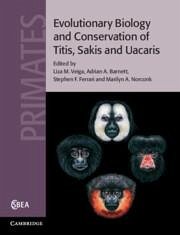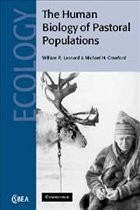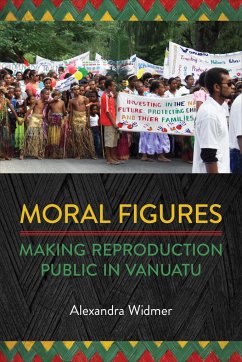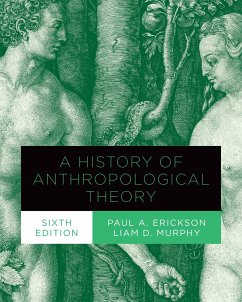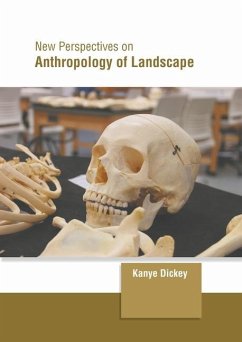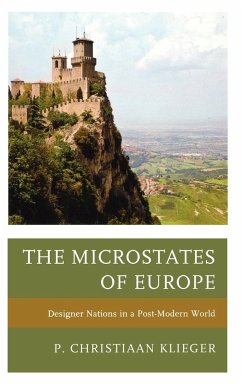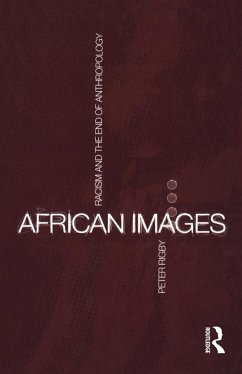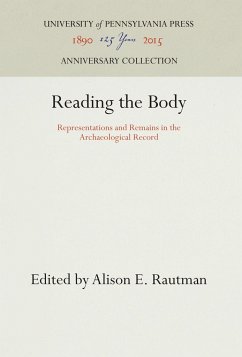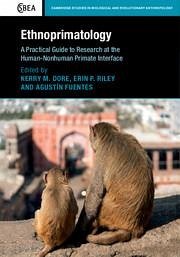
Ethnoprimatology
A Practical Guide to Research at the Human-Nonhuman Primate Interface
Herausgeber: Dore, Kerry M; Fuentes, Agustín; Riley, Erin P
Versandkostenfrei!
Versandfertig in über 4 Wochen
94,99 €
inkl. MwSt.
Weitere Ausgaben:

PAYBACK Punkte
47 °P sammeln!
A how-to guide for ethnoprimatological research in the Anthropocene, offering an inside look at the latest research in the field.




